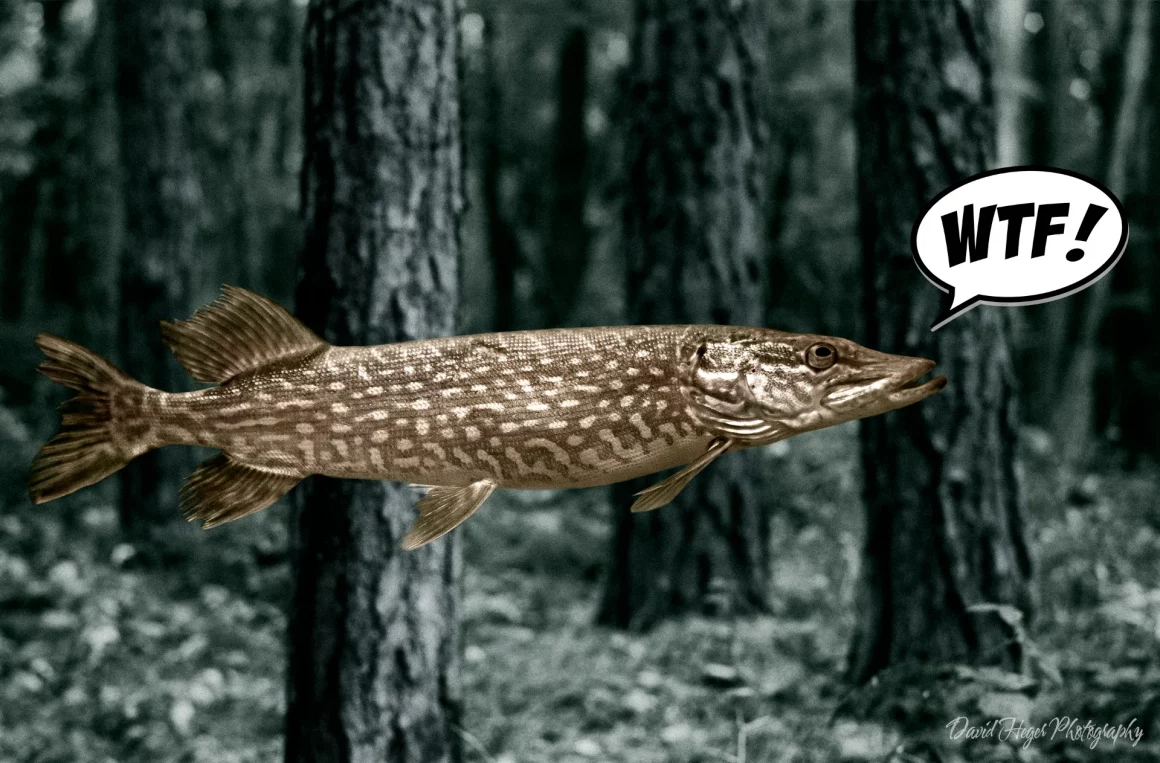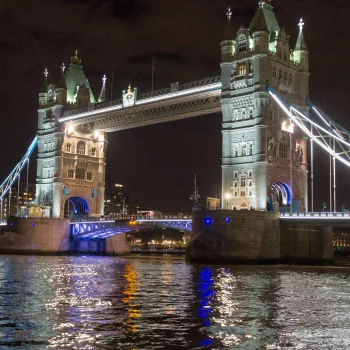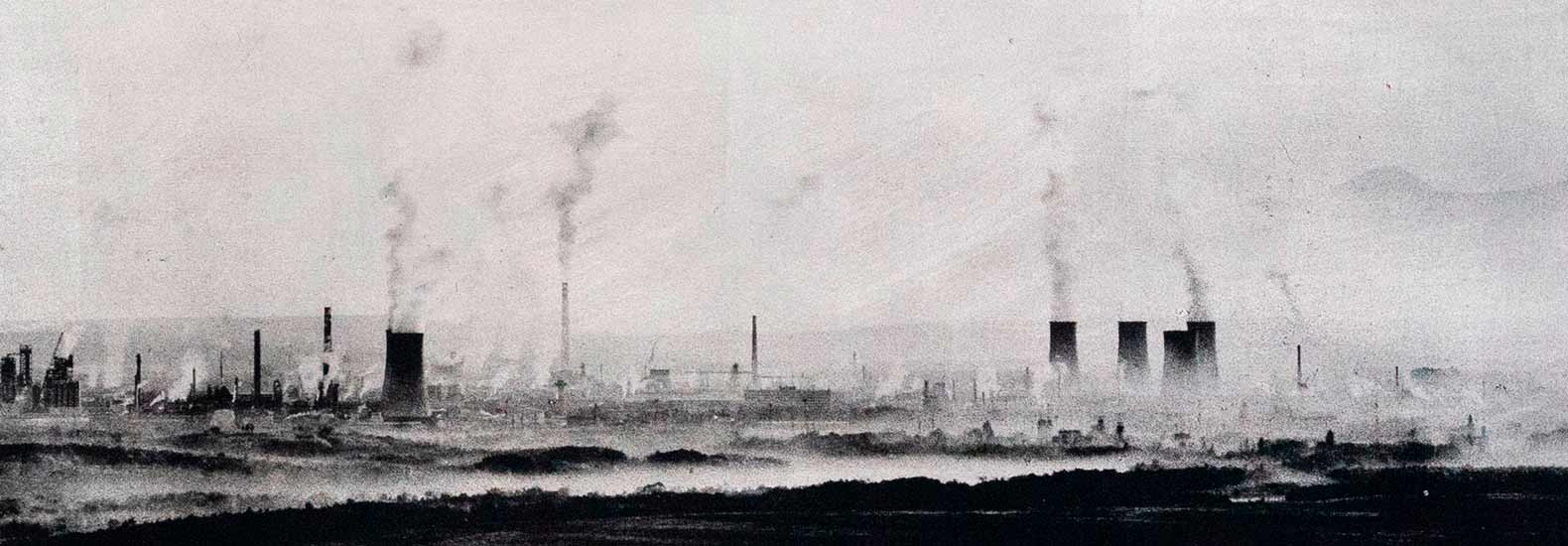Surrealism Photography
What is Surrealism Photography?
In Surrealism Photography, otherwise quite believable scenes and situations are transformed into waking dreams or fantastical, hallucinatory scenarios by the photographer’s creative vision. These uncanny, dreamlike results are often achieved by showing the familiar in an unexpected light, or by combining unrelated elements to create surprising and at times even humorous juxtapositions.
The History of Surrealist Photography
Surrealism photography has its roots in the Surrealist art movement of the early 20th Century and was centered around post-war Paris. The Surrealists set out to bridge the gap between the human unconscious, as expressed in the fantastical world of dreams, and our more mundane waking lives.
The original surrealists were mostly painters, writers and film-makers. But it is probably not coincidental that the founding father of the Surrealist movement, André Breton, had also trained in psychiatry and Freudian psychoanalysis. Indeed Freud’s ideas regarding the subconscious and dreams was a major influence upon the Surrealist art movement.
Although some of the Surrealists’ ideas and actions may now appear somewhat bizarre, and perhaps even senseless to us – as they no doubt also did to many of their contemporaries at the time – the Surrealists saw themselves as social revolutionaries who set out not only to upset the art world, but to free society in general from restrictive and oppressive ideas and traditions. To this end, they drew inspiration from a wide range of intellectual influences and included important thinkers of the time among their ranks. The Surrealists set out their philosophy in a series of Surrealist Manifestos.
Although none of the central players of the Surrealist group were themselves photographers, many artists on the fringes of the movement used photography as their main form of artistic expression. Early Surrealist photographers included some old-hands from the wartime Dada movement such as Hannah Hoch, but also Man Ray, and even George Brassai employed photomontage, collage, photograms and other innovative darkroom techniques to make surrealist photographic images.
Contemporary Photo-Surrealism and Surrealist Photographers
Today’s Surrealism Photography is almost as diverse as the number of different photographers making it. For example, Spanish photographer Chema Madoz produces very traditionalist Surrealism photography, whereas South Africa-based artist Roger Ballen makes decidedly more edgy and bizarre images (and has also shot a music video for the group Die Antwoord).
Nonetheless, many of the defining characteristics of early Surrealism Photography are still present, such as the use of visual gags and the playful manipulation of the viewer’s expectations. Additionally, prior to settling on the name Surrealism, this movement was sometimes also referred to as “Supernaturalism” and still to this day certain spooky or paranormal scenarios can be found in Surrealism Photography. For example, photographic superstar Gregory Crewdson has produced many examples of highly surreal photography depicting bizarre or inexplicable scenarios, such as cattle being beamed up into outerspace, furniture floating in flooded homes, or perplexing piles of sandwiches (this last one is actually much stranger than it sounds, believe me).
What do People Find so Appealing About This Kind of Photography?
As Surrealism Photography often resembles moments from our dreams, it evidently appeals to something deep in the unconscious parts of our minds. Additionally, the juxtaposition of unexpected elements creates an image that stops us in our tracks. Every day each of us likely views thousands of photographs, all competing for our attention. But very few succeeding in keeping it for very long. Images showing surprising or bizarre scenes are more likely to stand out and remain fixed in our memories.
The Most Famous Surreal Photos
Perhaps the most famous surrealism photo of all time is Dali Atomicus, by the photographer Philippe Halsman. Interestingly though, the surrealism here is more down to the subject matter – surrealist artist Salvador Dali – than it is to the actual photographer, who was not a surrealist photographer himself but rather a portrait photographer known for photographing his different subjects in a style appropriate to their personalities. Nonetheless Halsman’s image of a floating Dali, several cats, a chair and a streak of water flying across the artist’s studio brilliantly captures the surrealist ethos in photographic form.
The most famous photograph by a key Surrealist photographer is likely Man Ray’s image of a naked woman’s back with the markings of a violin: Le Violin d’Ingres, from 1924.
How Computers changed the World of Surreal Photography
While early Surrealist photographers may have had totally fantastical ideas, due to the technological limitations of the time, they were of course severely restrained in their abilities to realize those ideas in photographic form. However the introduction of digital manipulation programs such as Photoshop dramatically changed this, making the artist’s imagination the only real obstacle to creating incredible surrealist images.
My Photography
As you can probably tell, I’m extremely passionate about Surrealist photography. I love the creative freedom, the storytelling, the logistical challenges, and all the hard work that goes into producing really good contemporary surrealist photography. I’ve even developed my own home-built camera especially for shooting large format surreal photos.
Recently my work was the recipient of an award in the Saatchi Art Surreal Showdown contest. If you’re interested you can take a look at more of my surreal photographs here:



